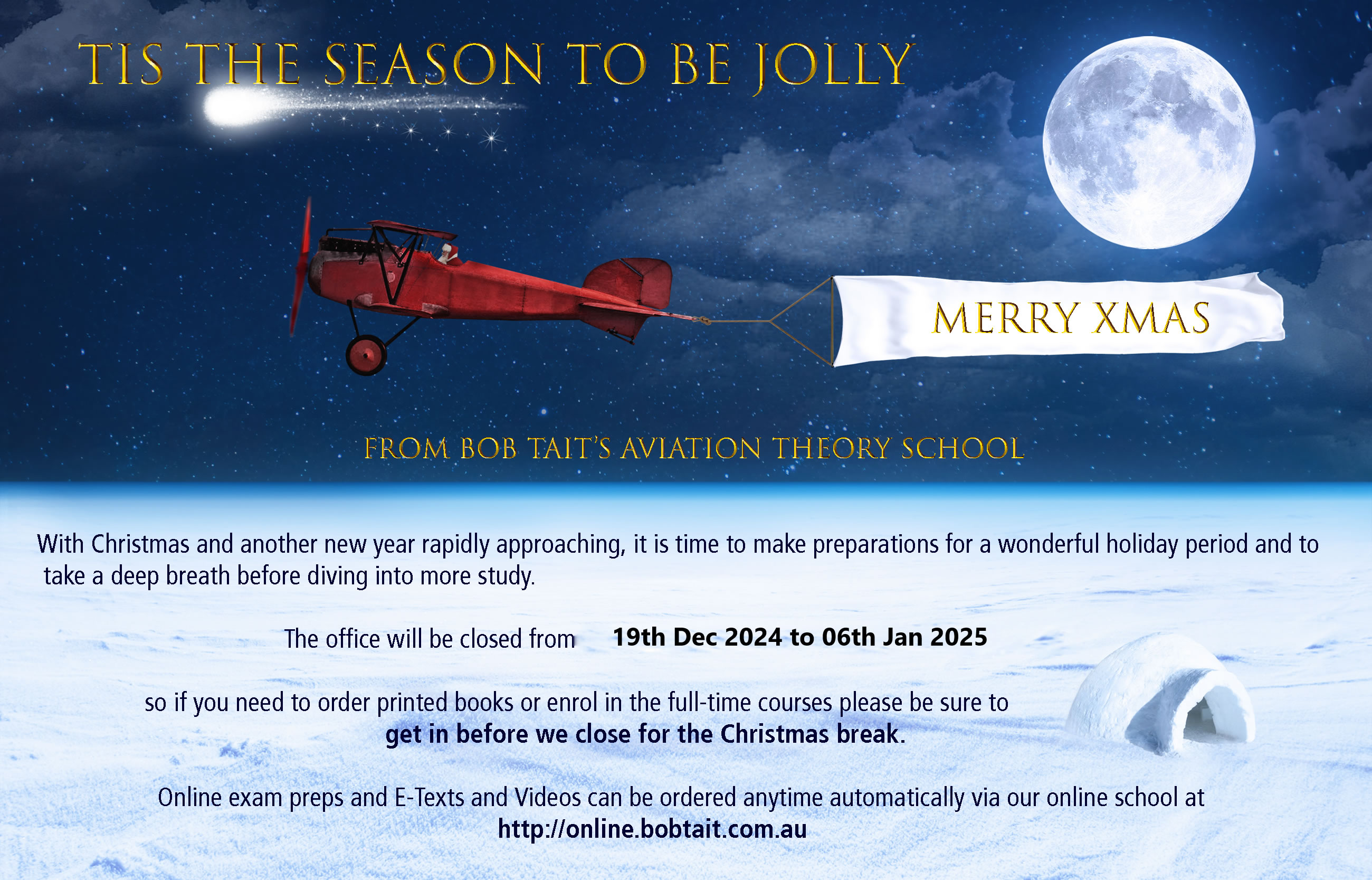Some initial comments -
what is lift compared to weight in a climbing turn?
How long is a piece of string ? The answer depends on the turning and climbing effort involved in the manoeuvre.
Everywhere I look states what is happening in a level turn and a climb but never when they are combined.
That's because the analysis is easier and loses nothing in the exercise providing you make the mental leap to combine the two manoeuvres into the one combined manoeuvre.
The reason why I'm confused is due to the fact that in a level turn Lift is greater than Weight
Be a bit careful with the terms and very careful about the details of the force vector diagrams in your textbooks. We are looking at two ideas when talking about lift, here - first the normal (ie perpendicular to the) wing force and, second, the vertical force which is doing the "keeping the aircraft going up/down or staying in level flight" thing. In your statement, you are considering the wing normal lift force which is providing the forces both for keeping the aircraft in level flight AND providing the centripetal force to give the angular acceleration necessary to turn the aircraft. The bit keeping the aircraft level is the vertical component ("vector part", if you prefer) of the lift vector.
and in a steady climb Lift is less than Weight.
.. but, here, you are looking at the vector combination of thrust and lift to provide the going up bit. So the two situations aren't the same but you are trying to figure it out making an (incorrect) assumption that they are.
Does the back pressure we apply in a climbing turn cause the Lift force to increase enough to end up being more than weight?
The answer follows from the numbers for the aircraft concerned and the details of the climbing turn situation. Not really suitable for ROT sort of answers, I'm afraid.
Secondly, what is happening to the stall speed in a climbing turn?
Presuming that you are thinking about the steady state situation (ie after any manoeuvring to get into the turning climb has been done and for smooth air), the stall speed will depend on the load factor (think g-force) experienced by the wing .. same as for what happens in any other stall situation.
does the stall speed increase in a descending turn as well?
Again, depends on the load factor for the particular situation.
Your questions highlight the problems of trying to talk generic answers when some specifics are needed. Generally, there will be some background presumptions made with generic answers.
Some thoughts -
I can't see much point in analysing the situation as other than a superimposition of a climb and a turn. The main difference is that, during the turn, the lift vector is inclined so the net (vertical) lift (component) will reduce and the drag will increase a bit. However, this is only part of the vector story. You have to think about bank angle, balance, thrust, drag - about the only thing which you don't influence is the aircraft weight (mass). Strictly, the mass doesn't change, but the apparent weight will, depending on the accelerations involved. Because we use the two terms interchangeably (and incorrectly) this one is a prime source of student confusion.
Some links which might be useful, and there are plenty of useful sites on the net (as well as quite a few nonsence links - the problem is being able to tell the difference) -
Climb/Descent -
www.caa.govt.nz/fig/basic-concepts/climbing-and-descending/ might be useful.
Turn -
www.faa.gov/regulations_policies/handboo...edia/07_phak_ch5.pdf from the FAA (p 5-22 and subs)
For steeper turns
www.caa.govt.nz/assets/legacy/FIG/downlo...vres/steep-turns.pdf
Putting them together -
www.caa.govt.nz/assets/legacy/FIG/downlo...descending-turns.pdf medium turns climbing/descending
Any specific questions arising and we'll endeavour to provide some more detail ..








